#cnidarians
Explore tagged Tumblr posts
Text


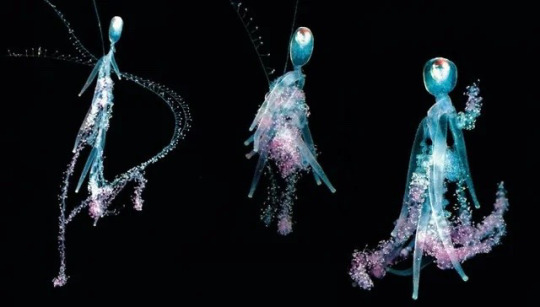


Rhizophysa filiformis // No common name
Rhizophysidae is a family of siphonophores in the suborder Cystonectae. Look at them go 💚🩵💜
Love to sea it 🌊
#Rhizophysa#Rhizophysidae#marine creatures#marine biology#science#marine life#marine science#love to sea it#cnidarians#cnidarian#siphonophore#siphonophores#hydrozoan#ocean life#ocean animals#sea life#sea creatures#deep sea#fishblr#aquatic life#marine animals#sealife#sea critters#ocean creatures#ocean critters#sea animals#hydrozoans
8K notes
·
View notes
Text
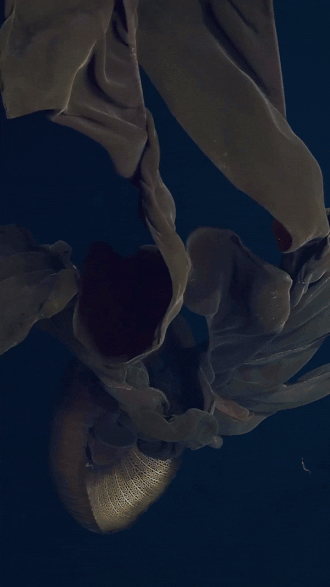
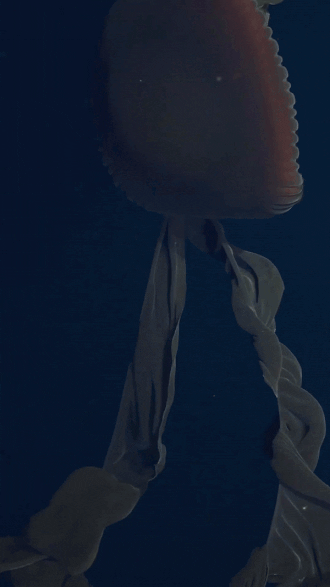
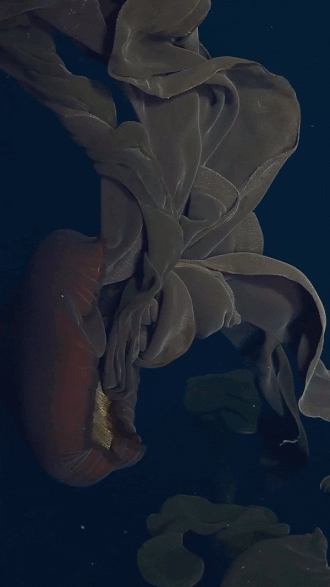
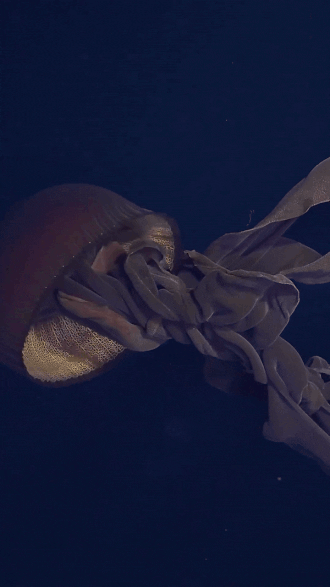
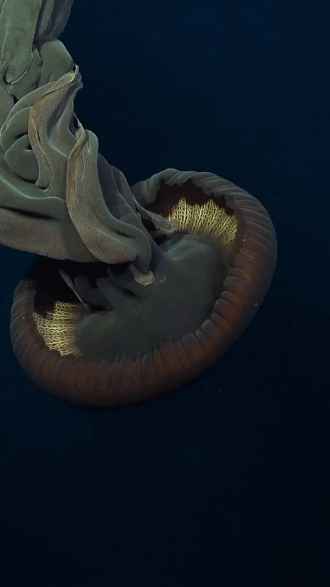
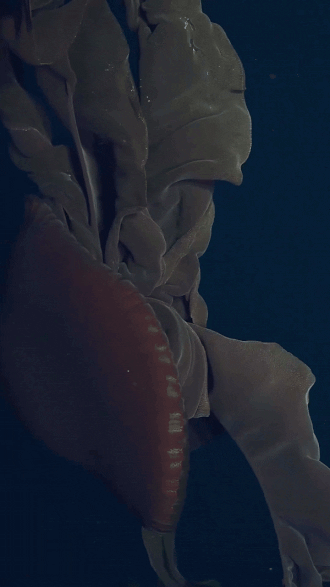
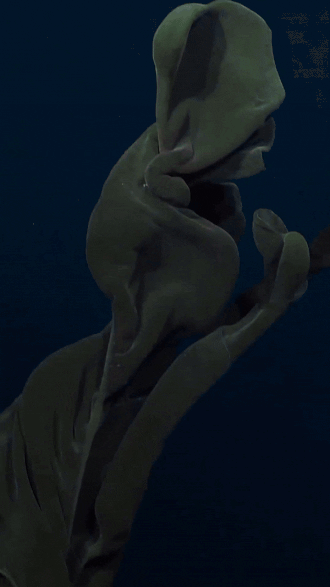
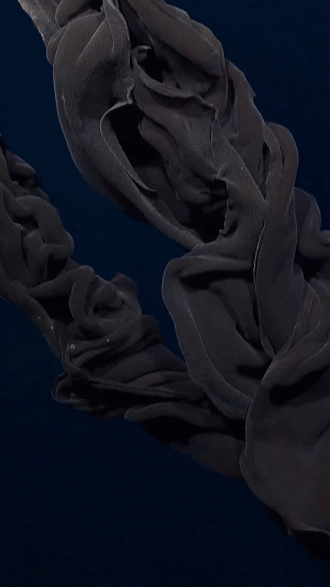
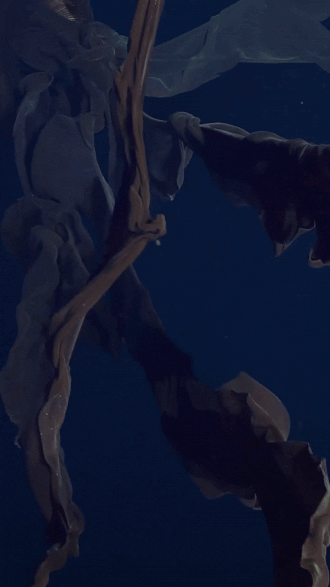
the giant phantom jelly (stygiomedusa gigantea) | schmidtocean on ig
#stim#stimboard#jellyfish#deep sea creatures#sfw#black#blue#red#brown#sea creatures#marine life#animals#giant phantom jellyfish#stygiomedusa gigantea#cnidarians#underwater#ishy gifs#postish
8K notes
·
View notes
Text
Uncharismatic Fact of the Day
Even though Spongebob has a fun time jellyfishing, you probably wouldn't want to mess with the real thing. The famous cartoon jellyfish are based on a real species, commonly known as the mauve stinger. Just like its fictional counterpart, mauve stingers are bright pink with vivid spots-- and they have a very painful sting!

(Image: A mauve stinger (Pelagia noctiluca) by Stergios Vasilis
#mauve stinger#Semaeostomeae#Pelagiidae#jellyfish#true jellyfish#cnidarians#invertebrates#uncharismatic facts
426 notes
·
View notes
Text

A stalked jellyfish (Lucernaria quadricornis) in the White Sea, Russia
by Alexander Semenov
#stalked jellyfish#cnidarians#lucernaria quadricornis#lucernaria#Lucernariidae#Stauromedusae#Staurozoa#cnidaria#wildlife: russia#wildlife: europe
535 notes
·
View notes
Text
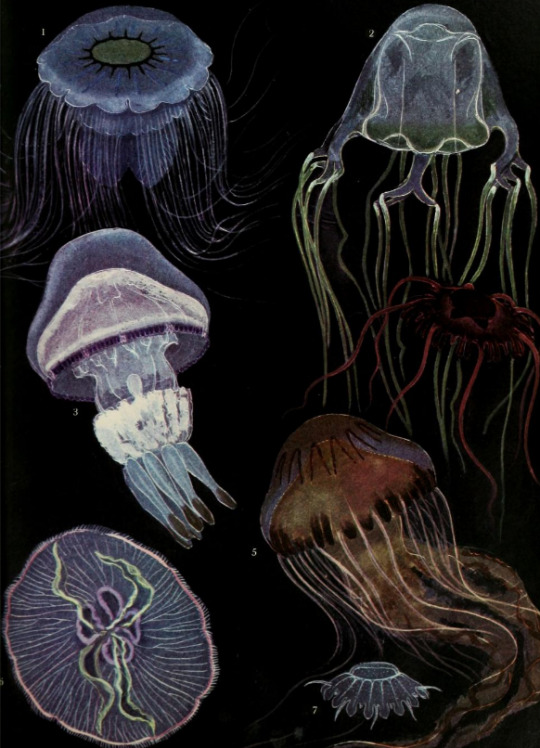
Grzimek's Animal Life Encyclopedia: vol. 1 - Lower Animals. Written by Dr. Bernhard Grzimek. 1974.
Internet Archive
1.) Blue jellyfish (Cyanea lamarckii)
2.) Australian box jelly (Chironex fleckeri)
3.) Barrel jellyfish (Rhizostoma pulmo)
4.) Nausithoe rubra
5.) Compass jellyfish (Chrysaora hysoscella)
6.) Moon jellyfish (Aurelia aurita)
7.) Crown jellyfish (Nausithoe punctatais)
#marine life#cnidarians#jellyfish#blue jellyfish#australian box jelly#barrel jellyfish#compass jellyfish#moon jellyfish#crown jellyfish
2K notes
·
View notes
Text
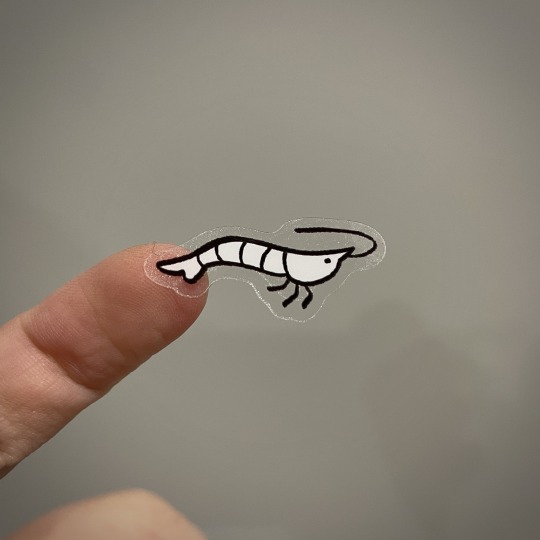
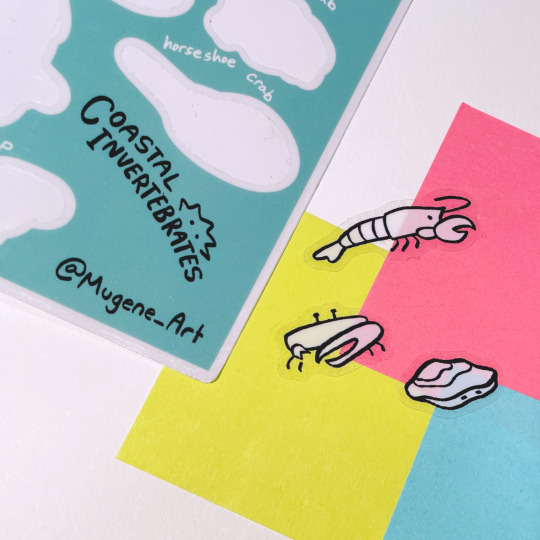

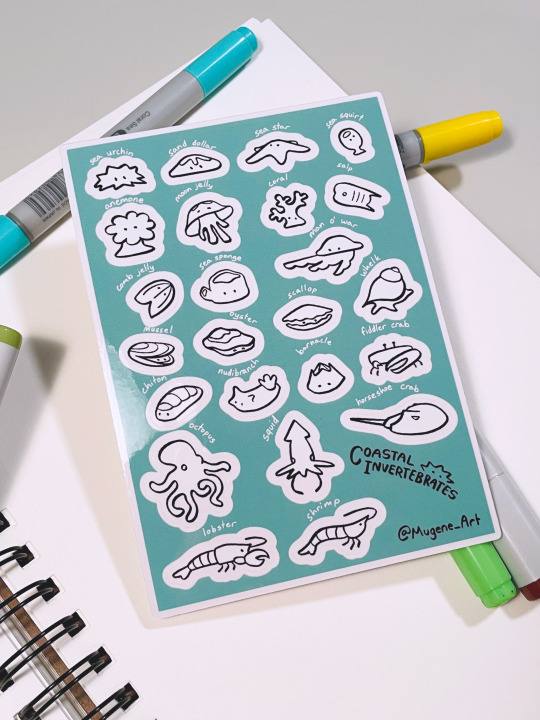
#marine invertebrates#marine biology#invertebrates#shrimp#horseshoe crab#nudibranch#coral#squid#sea anemone#cnidarians#echinoderms#crustacean#mollusk#molluscs#tunicate#sea creatures#sea animals#biology#sticker sheet#stickers#clear stickers#artists on etsy#artists on tumblr#mu's wares
897 notes
·
View notes
Text

647 notes
·
View notes
Text
Taxonomy Tournament: Cnidarian Finale
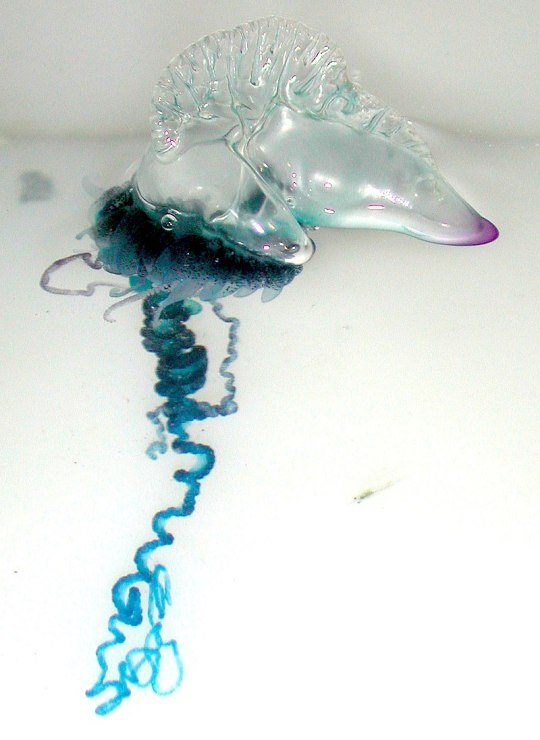
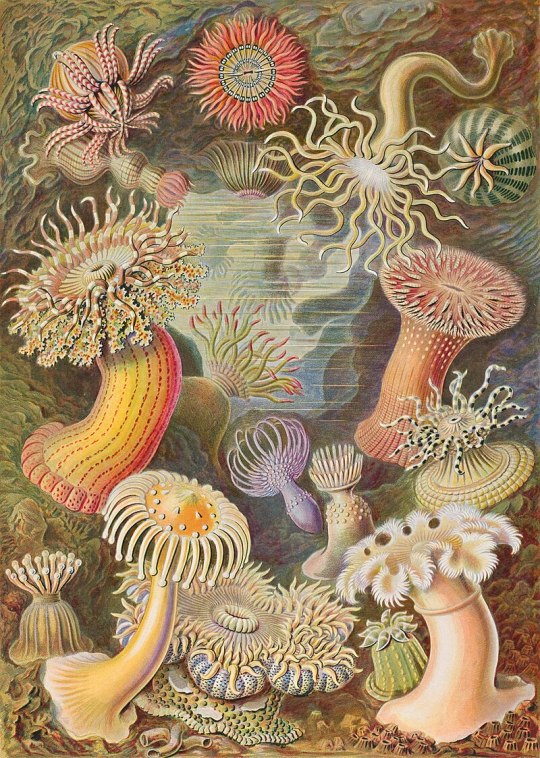
Hydrozoa. This class is of predatory cnidarians, some of which are colonial, incllude hydras and the Portuguese Man o' War
Hexacorallia. This class is made up of aquatic animals with 6-fold symmetry. It includes stony corals and sea anemones
#animals#biology#polls#poll tournament#zoology#jellyfish#hydras#portuguese man o'war#cnidarians#coral#sea anemones#Hydrozoa#Hexacorallia#0x9v0x36
336 notes
·
View notes
Text
Welcome to a topsy-turvy Wet Beast Wednesday where I'm discussing one of my favorite cnidarians, the upside-down jellyfish. These are 8 species of jellyfish in the genus Cassiopea, which is the only member of the family Cassiopeidae. What makes these jellies notable is the fact that they spend most of their time lying upside-down on the seafloor.
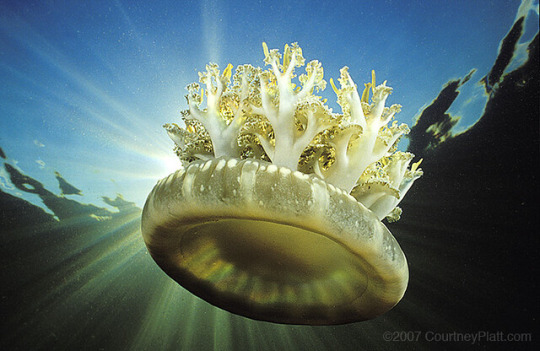
(image: an upside-down jellyfish swimming. It has a light brown and white striped bell and multiple tentacles that are tuck and white. The tentacles branch and are lined with feathery, light brown structures)
While the majority of jellyfish are predators who drift through the water at the mercy of the currents, upside-down jellyfish have essentially become farmers. Their eight branched oral arms that contain symbiotic algae called zooxanthellae. These algae are photosynthetic and live in a mutualistic relationship with the jellyfish. The jellyfish gets food from the zooxanthellae and they get protection from predators and a place to live. Upside-down jellyfish can survive entirely on the nutrients produced by the zooxanthellae, but they will still feed on zooplankton and other small prey. Upside-down jellies are not the only jellyfish to utilize zooxanthellae, many other species also survive primarily on their symbiotic algae, but they are the only ones to have adapted the benthic lifestyle. They can reach a bell diameter of up to 25 cm (10 inches), or as one source for this stated: about the size of a pie pan.
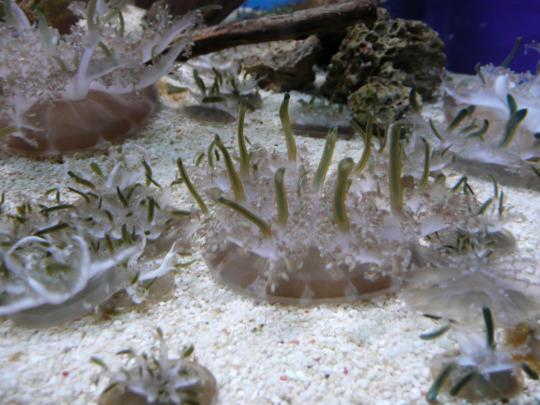
(image: multiple upside-down jellyfish lying on sand. They are ov various sizes and mostly light brown, but have thicker, green tentacles sticking op)
Upside-down jellyfish are found in warm coastal waters in Florida and the Caribbean and in Micronesia, Melanesia, and parts of Polynesia. They require shallow waters to allow enough light to reach their zooxanthellae and are usually found on shady or muddy bottoms. They are highly associated with mangroves and may play an important role in the mangrove habitats by mixing the water to recirculate oxygen and nutrients. They are rarely found alone, instead congregating in large groups that can cover portions of the seafloor. They attach by using their bells as suction cups and rhythmically pulse using the edges of the bell. This pulsing forces water over the gills and can force zooplankton into the stinging cells to become food. Stung prey will fall on the oral tentacles, where it is broken down into fragments that are then intaken through the numerous tiny oral openings on the tentacles. Interestingly, some species have cycles of reduced movement, which is believed to be the first known example of sleep in an animal without a central nervous system. While upside-down jellies can swim, they will usually only do so to escape predators or if their environment becomes unsuitable.
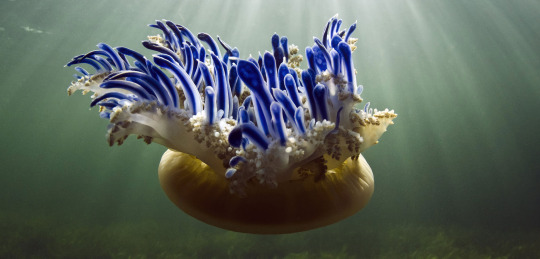
(image: an upside-down jellyfish swimming. The majority of its body is light brown, but it has many tentacles that are dark blue and outlined in white)
While a very neat thing to see underwater, many snorkelers avoid upside-down jellyfish due to a phenomenon called stinging water. This is when people will receive the symptoms of a sting by the jellyfish without actually touching it. While the cause of this was a mystery for a long time, it was solved when a 2020 paper was published in Communications Biology by Ames et al. The scientists discovered that upside-down jellies release clumps of mucus into the water. This mucus is filled with zooxanthellae and stinging cells and many of these clumps also have ciliated cells that allow for limited swimming. These clumps, named cassiosomes, are the source of the stinging water. The paper, titled "cassiosomes are stinging-cell structures in the mucus of the upside-down jellyfish Cassiopea xamachana" speculated that the cassiosomes are used for defense and feeding. The cassiosomes could be released to sting a potential predator from a distance, discouraging it from approaching the jellyfish. Presumably snorkelers trigger this defense when they swim over the jellies, resulting in stinging water. They could also be used to catch prey as zooplankton killed by the stinging cells would have a high likelihood of falling onto the jelly that released them. Because the cassiosomes have zooanthellae in them, they could survive for likely up to several days after release.

(image: a microscope image of three cassiosomes. They are irregularly-shaped blobs somewhat similar to popcorn. They are a dark color with grey outlines. Spots of green algae and white stinging cells dot their surface)
Upside-down jellyfish are threatened by habitat loss as many mangrove forests are torn down for development. They are also threatened by pollution. They are not considered dangerous to humans. The sting of an upside-down jellyfish can result in mild to severe rashes and itching, but is not lethal.
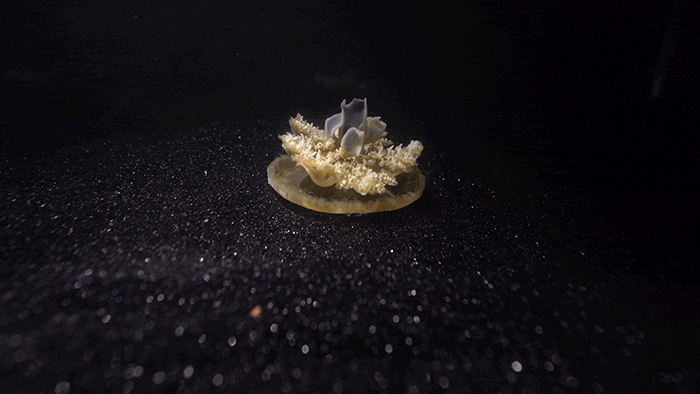
(gif: a lone, light brown upside-down jellyfish on black sediment. The edge of its flat, circular bell regularly pulse upward to move air over its gills and tentacles. This one's pulsing has slowed, which is speculated to be the result of it going through its sleep cycle)
#wet beast wednesday#upside down jellyfish#inverted invertebrate#marine biology#biology#zoology#ecology#animal facts#jellyfish#cnidarians#invertebrate
845 notes
·
View notes
Text
#poll#wet beast wednesday#invertibrates#cnidarians#soft coral#cephalopods#chordata#echinoderms#chimera#shark#fish#deep sea fish#scorpionfish#ctenophore#marine animals#marine life#marine biology#spooky#spooky season
99 notes
·
View notes
Text
Cnidaria Fact #24: cnidarians always return when you need them the most
67 notes
·
View notes
Text
Siphonophore rainbow 🌈
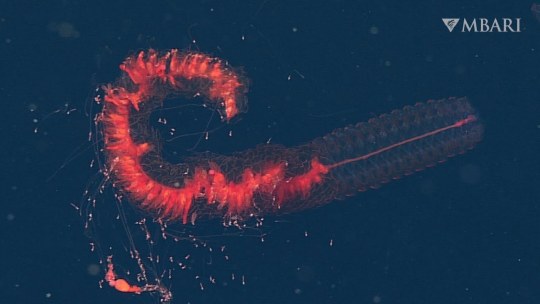
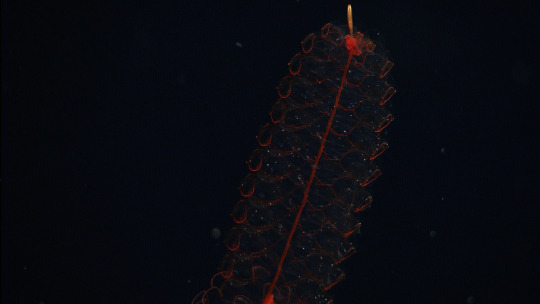
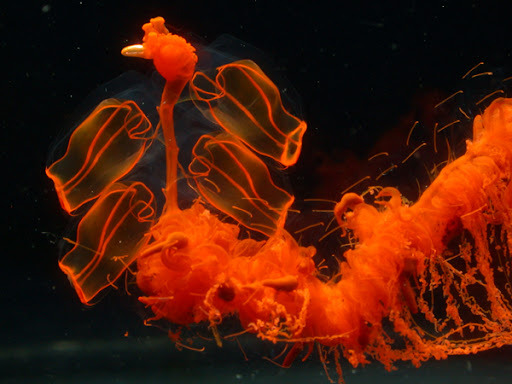
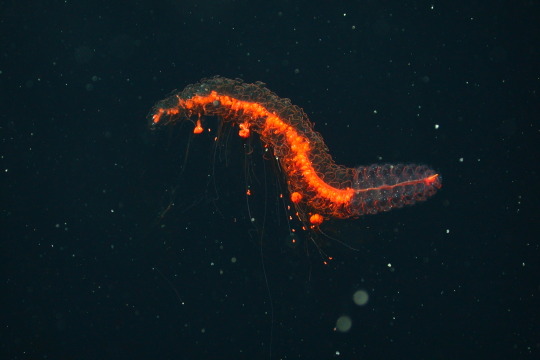
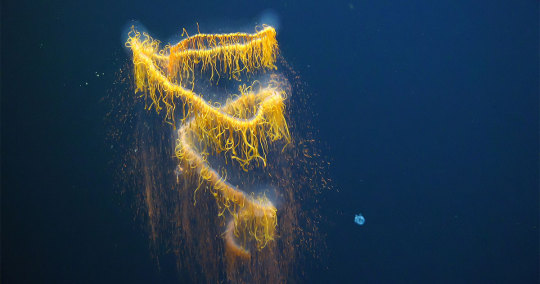
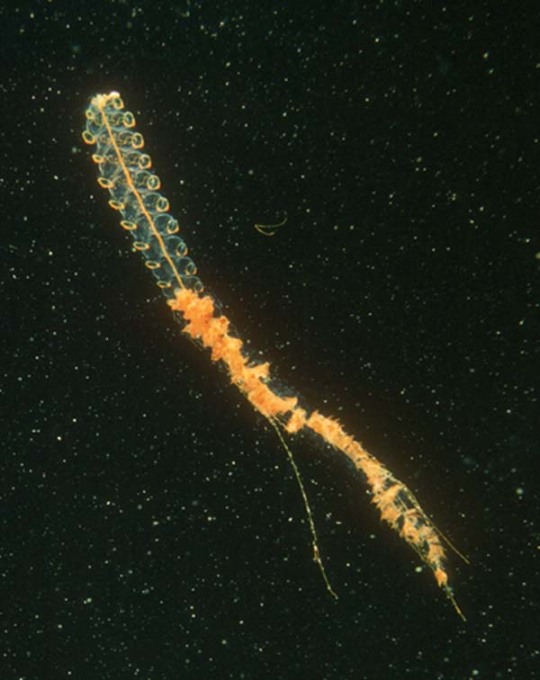
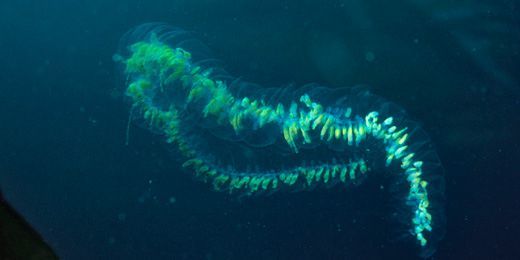
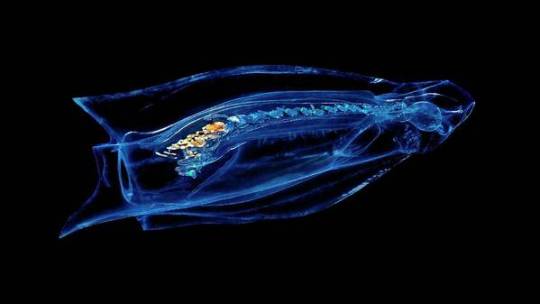
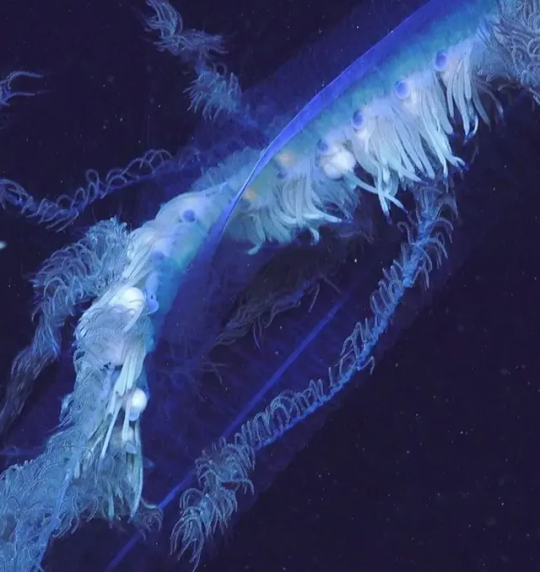
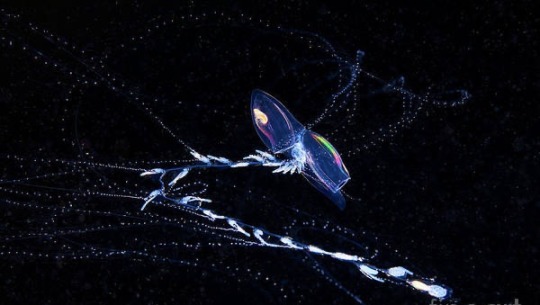
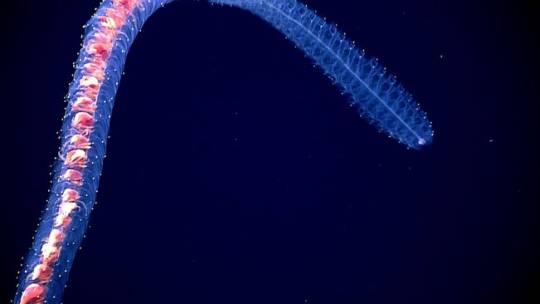
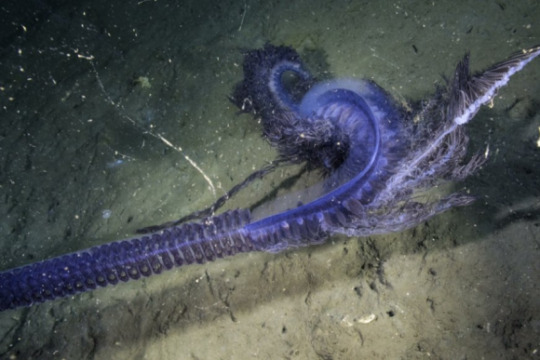
Love to sea it 🌊
#marine biology#biology#science#marine science#oceanposting#ocean life#deep sea#siphonophores#siphonophore#cnidarians#hydrozoa#marine creatures#love to sea it#ocean creatures#oceanography#ocean critters#marine life#marine animals#sea critters#sea creatures#ocean animals#ocean#underwater#sea life#aquatic life#underwater photography
1K notes
·
View notes
Text

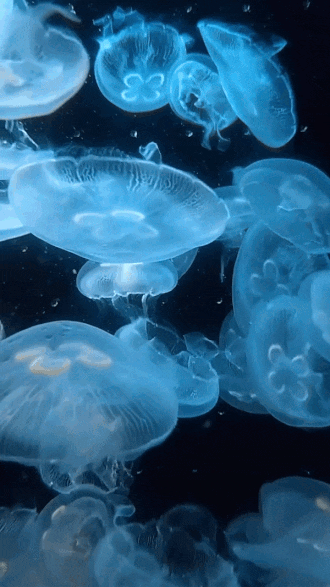



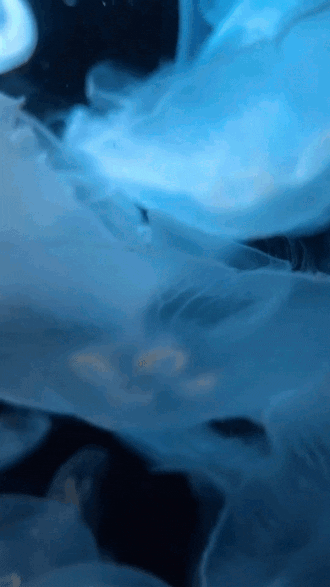
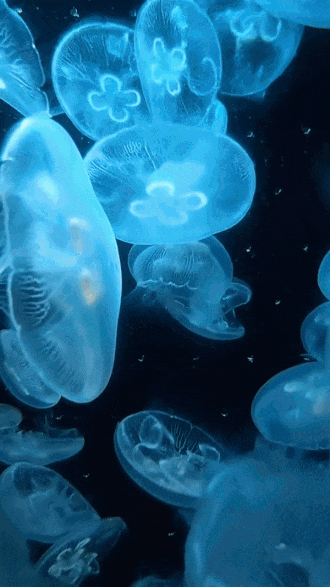

_qualle_9 on ig
#stim#jellyfish#moon jellyfish#sea creatures#sfw#blue#teal#black#white#animals#cnidarians#aurelia aurita#underwater#oceans#water#moon jellies#ishy gifs#postish
6K notes
·
View notes
Text
Uncharismatic Fact of the Day
Ohhhh what's three times the size of an elephant, over 500 years old, and lives under the sea? Big Momma! She is a massive protites coral that's 6.4 m (21 ft) high and 41.8 m (135 ft) around at the base; her age was estimated based on samples of her skeletal core and the fact that porites corals only grow about 1 cm (0.39 in) per year.

(Image: 'Big Momma', a Porites species of coral (left) and a diver (right) by Wendy Cover via NOAA)
If you like what I do, consider leaving a tip or buying me a kofi!
#porites corals#Scleractinia#Poritidae#finger corals#hump corals#small polyp stony corals#stony corals#corals#cnidarians#invertebrates#uncharismatic facts
2K notes
·
View notes
Text

A lion's mane jellyfish (Cyanea capillata) in the White Sea
by Alexander Semenov
#lions mane jellyfish#jellyfish#cnidarians#cyanea capillata#cyanea#Cyaneidae#semaeostomeae#Scyphozoa#cnidaria#wildlife: misc
184 notes
·
View notes
Text

Grzimek's Animal Life Encyclopedia: vol. 1 - Lower Animals. Written by Dr. Bernhard Grzimek. 1974.
Internet Archive
1.) Corymorpha nutans
2.) Steenstrupia nutans (now Corymorpha nutans)
3.) Leuckartiara nobilis
4.) Bougainvillia sp.
5.) Eleutheria dichotoma
6.) Eleutheria sp.
7.) Geryonia proboscidalis
8.) Solmundella bitentaculata
9.) Solmissus albescens
10.) Oceania armata
11.) Koellikerina fasciculata
12.) Euphysa aurata
13.) Aglaura hemistoma
602 notes
·
View notes